Graphomania: why does it arise and how to deal with it?

The graphomaniac sees the kiss of God in every literary opus. Complacency, arrogance and extraordinary vanity are the driving forces behind his incompetent craft. An irrepressible, hypertrophied thirst for fame, unconditional recognition and honors form the basis of his motivation, become the meaning of his entire existence. This is how the creative component of the mind dies. Why graphomania arises, how to deal with it - let's try to figure it out.

What it is?
Graphomania is a pathologically expressed, obsessive desire to write texts, "treatises" and "works" that claim to be published in literary publications.
A-priory, an author with an addiction to literary writing can write about what he is poorly versed in, ambitiously counting on his supposedly exceptionally high literary talents... However, his creative options are largely limited. Often the texts written by the graphomaniac are extremely naive and meaningless.
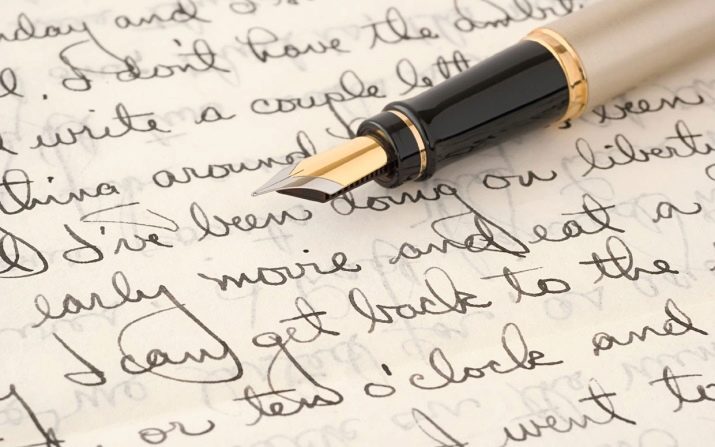
In the context of the disease, its erotic variety is also considered. - erophotography, observed in psychopathic natures, writing on love themes. Some "advanced" erophotographers compose such letters in order to excite and obtain sexual satisfaction.
The term "graphomania" is widely used in two contexts - psychiatric (psychological) and literary.
For the first case, there is a complex of symptoms related to the topic of diseases. The second deals with aspects related to the level of literary professionalism of the writer, the degree of social value and usefulness of the written.In this sense, for a number of reasons, the line dividing graphomania and true literary talent is often blurred.

One of the most common causes of the disease, psychologists call the overcompensation of the inferiority complex, which means that its origins must be sought in the personality of the author and the history of his life. Often, the disease arises as a result of a delusional or overvalued idea, identification with outstanding writers.
From a scientific point of view, graphomania often develops in pairs or on the basis of more obvious mental illnesses. - schizophrenia, paranoia (litigious psychopaths), hypomanic conditions and other disorders. The so-called Kandinsky-Clerambault syndrome (the phenomenon of mental automatism) is also known, in which patients refer to the fact that some otherworldly, sacred forces are forced to write them.
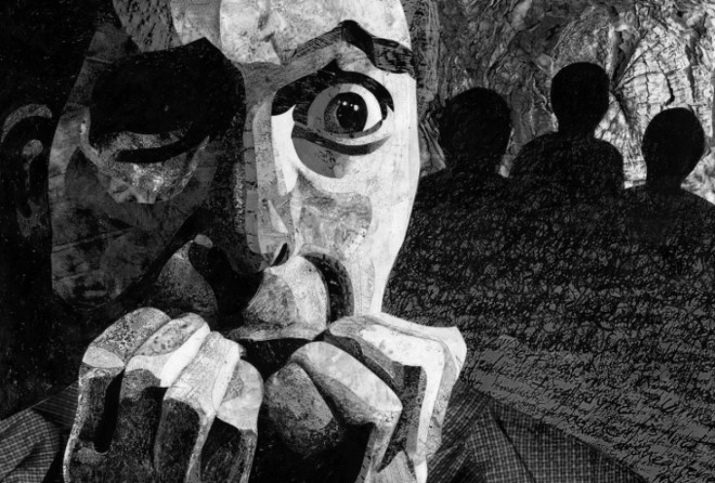
The pathological passion for banal and meaningless writing manifests itself for various reasons. Often such becomes an urgent need for overcompensation of inferiority complexes, and sometimes the presence of the author of any overvalued delusional ideas.
Conventionally, there are 3 groups of graphomaniacs.
- They write about nothing, florid and beautiful, with a claim to create highly artistic images. Authors with good education.
- They write dashingly twisted plots, but in a clumsy language that can be edited, but difficult.
- They imitate the creation of works using verbal rubbish - typical graphomaniacs.
An uncontrollable need for writing, an irrepressible thirst for recognition leads graphomaniacs to attacks from many publishers with a confident hope of publishing their "masterpieces", even if at their own expense. At the same time, the opinion of other people about such compositions does not interest them, since they are confident in the infallibility of "creations." For obvious reasons, graphomaniacs cannot collect their audience. As a result, their loneliness and illness are exacerbated.

Historical facts
It is likely that among the first graphomaniacs there was Roman writer Guy Julius Giginuswho simply rewrote other people's myths and put his signature under them.
Perhaps the most famous example of graphomania was Joseph Goebbels, which left a "legacy" of 16,000 pages of typewritten text dedicated to a subjective and tendentious vision of the events of World War II.
Experts believe that such fertility of Goebbels was caused by the need to compensate for the physical disabilities that the author possessed.
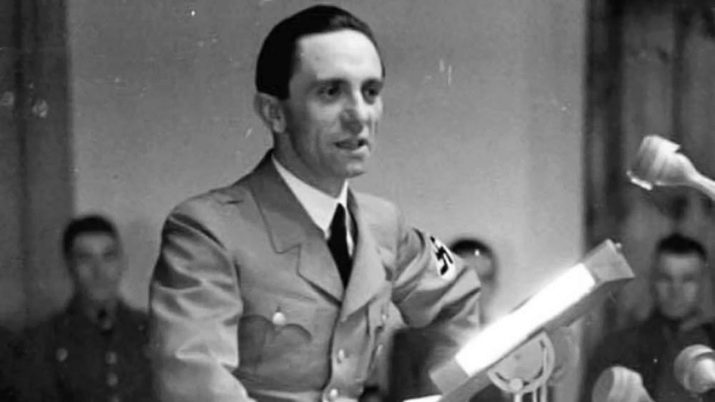
The standard of graphomania from the authors of the Pushkin era was considered poet D.I.Khvostov... As an author, he became famous for his pronounced archaic poetic style and a complete lack of interest in the topical problems of that time (detachment).
His name, as a transcendent graphomaniac, writing absolutely incompetent and awkward poetry, sounded all over Russia. The count passionately, as he wrote his opuses, published his "creations" in thousands of copies for his own money.
Khvostov's astounding fertility left in history a grateful "memory" of him in the form of a multitude of anecdotes and epigrams.
It is characteristic that the count was both a military man and an official, but he could not succeed in any field. Finally, retiring to his estate, the count selflessly indulged in versification:
“I will break the iambic, then I will hook the rhyme,
I won't split the verse exactly in half,
That, chasing the best words,
I will cover my thought with thick clouds.
However, I like to dignify muses on the lyre,
I love to write poetry and send it to print! "
According to its style, Russian graphomania, and in particular, Kustovskaya, is full of stylistic archaism to give the text special importance and significance. According to the apt expression of V. Küchelbecker, Khvostov's creations are presented as "the height of stupidity."
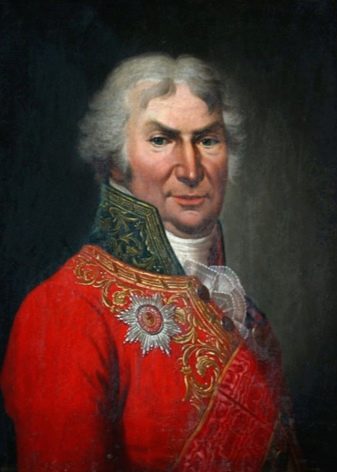

In the midst of the Russian emigration, someone thundered with the glory of a graphomaniac Victor Kolosovsky, who also performed in the poetic field.
Now, in the age of digital technologies and the computer boom, the problem of graphomania has taken on a global character. The phenomenon has taken on massive proportions. To a large extent, this is facilitated by a drop in the level of humanitarian culture, the level of artistry, and often a low level of literacy.
"But no individual
Strives to be published,
But not everyone knows for sure
What is the alphabet. "
Meanwhile, one should not blame graphomania rashly, without an appropriate careful analysis of the text and the creative activity of the author claiming to be a literary Olympus, his personal qualities, should not be. Many novice writers naturally go through the stage of graphomania, honing their pen.
Finding yourself, your style, your thematic range is a difficult, often painful work.
So, before becoming a famous writer, Mikhail Zoshchenko mastered 15 professions, and gradually moved towards his success.
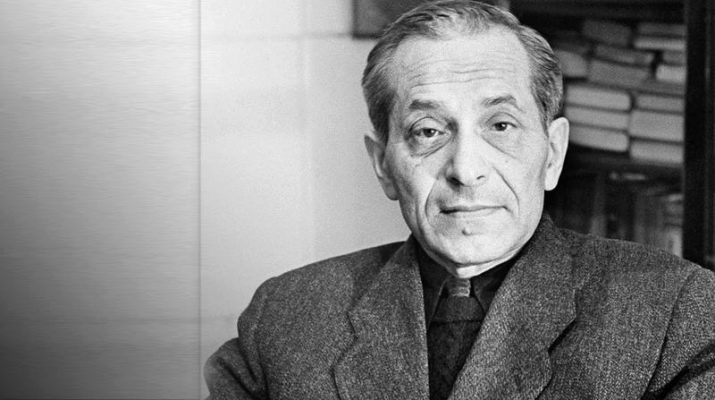
The boundaries between productive and unproductive creativity are very blurred. Writing can be a way of self-expression, overcoming, replacing or filling in what is missing. A painfully born text is able to relieve a person of pain and despair, to help rethink mistakes and experiences. And at the same time be written with talent.
The unprofessional nature of the texts and the mass of shortcomings do not mean a lack of literary ability. They require knowledge, experience and perseverance. Ignoring this, a simplified approach to the craft of writing, a certain psychological makeup of character are the prerequisites for the development of graphomania.
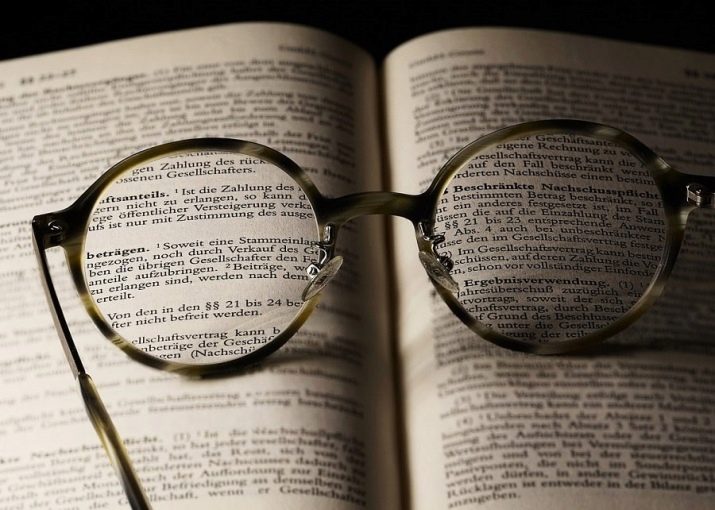
Causes of occurrence
Often graphomania develops on the basis of inner loneliness. Pouring out his innermost thoughts on all tolerant paper, the graphomaniac feels a sense of relief, reducing the level of communication deficit. Gradually, a period of substitution begins, when in the process of "creativity" the need to write replaces the grievous feelings of loneliness.
The main reasons for graphomania include:
- attempts to compensate for inferiority complexes;
- the presence of delusional ideas of various kinds, such as sacred motives for writing "from above";
- the presence of overvalued ideas;
- forms of manifestation of schizophrenia or paranoia (often in litigious psychopaths);
- constituent element of manic or hypomanic states;
- element against the background of the syndrome of mental automatism;
- triggering of the compensatory mechanism of intense feelings of loneliness and alienation.

Signs
Distinguish the graphomaniac it is possible for a number of signs.
- The unjustifiably serious, painful attitude of the graphomaniac to his "masterpieces", when the slightest criticism or humor about his works is categorically rejected.
- An extremely strong desire to publish his own opuses. Publicity is an indispensable condition for the creativity of a graphomaniac.
- The dominant theme of the works is about oneself. As a rule, the author does not have knowledge, impressions and experience to write on other topics. At the same time, the descriptions of oneself beloved contain unconsciously stated beautiful, but, as a rule, positively distorted places - attempts at an objective presentation are completely absent.
- The graphomaniac is demonstrative, he is the most devoted connoisseur of his "work" (self-worship). Often it is a hysterical type of character. Self-promotion always and everywhere!
- The habit of teaching and, as a rule, in a mentoring tone. Mentoring in the nature of graphomania.
- The graphomaniac never subject the written text to alterations or corrections, even partial ones. It looks blasphemous to him.
- Real, hard work of the mind is alien to the graphomaniac. Perseverance and hard work are not about him.
- Lack of creative crises due to the lack of real creativity.
- Inflated self-esteem and lack of understanding of humor.
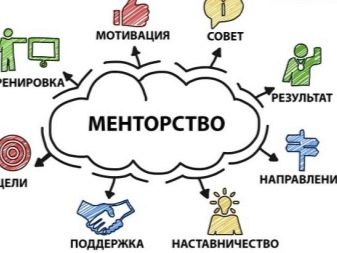
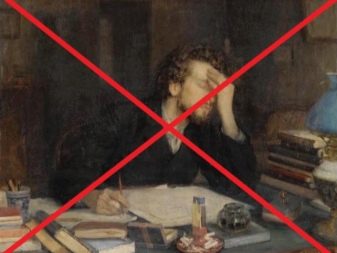
As a rule, the texts of a graphomaniac have a number of distinctive features:
- the presence of only external signs of verbal art, which do not lead to the birth of real, creative artistic meanings;
- an abundance of small, unnecessary details that clog the texture;
- frequent repetition, often inappropriate, of a number of epithets to words;
- abuse of speech clichés and stereotypical expressions without their creative, logical comprehension;
- excessive use of different ways of highlighting words and sentences (fonts, italics, greasing, uppercase and lowercase letters) to highlight your overvalued thoughts;
- illogicality of plots and actions of characters that do not correspond to their figurative structure and fabric of presentation;
- borrowing images, plagiarism;
- incoherence of presentation, violation of style and syntax.
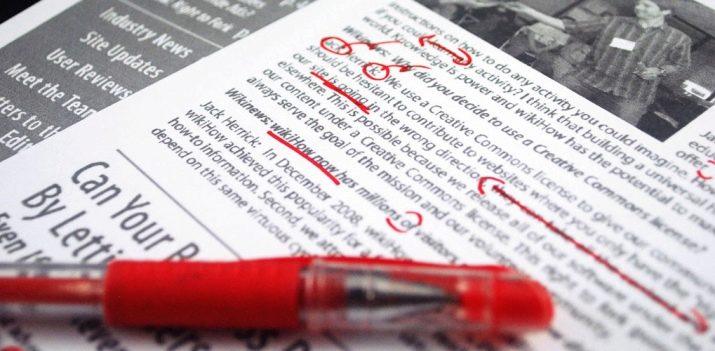
How to treat?
With a mild form of the disease, it is useful to simply return the person to full-fledged communication, which helps in overcoming the barriers of loneliness. It is advisable to stimulate him to search for other hobbies or work on which the sick person could concentrate.
In cases of resistant forms of the disease, medications are used. (psychotropics and antipsychotics) and psychotherapy sessions.
In this context, cognitive behavioral therapy has proved to be quite effective. There is evidence that the experience of family psychotherapy shows good results in behavior correction if the graphomaniac has a family.
In the absence of a pronounced reason for the development of graphomania, symbol-drama techniques are also used, which make it possible to effectively work out the patient's internal experiences in figurative representations.

Possible consequences
A person suffering from graphomania does not differ in antisocial behavior, since the disease is relatively calm in nature. In its light form, it is completely surmountable.
Without timely treatment, the disease progresses, leading to complete social isolation of the "writer"because the author is completely immersed in his innermost opuses.
Constant refusals when trying to publish masterpieces often give rise to outbursts of aggressive behavior in the loser, worsening his already plight.
With its advanced, long-lasting forms, graphomania can be considered as a sign of more serious mental illnesses (schizophrenia, paranoia, and others). That's why the patient's appeal to a psychotherapist is shown unambiguously.










Interestingly, and "writing on the table" is graphomania? I really like to sketch a little story, but only so that no one sees. Sometimes I return to what I have written, redo it, sometimes I destroy it. Yes, he is not registered in social networks, there are no friends, but there were, I am becoming an asocial misanthrope.
I support the question.